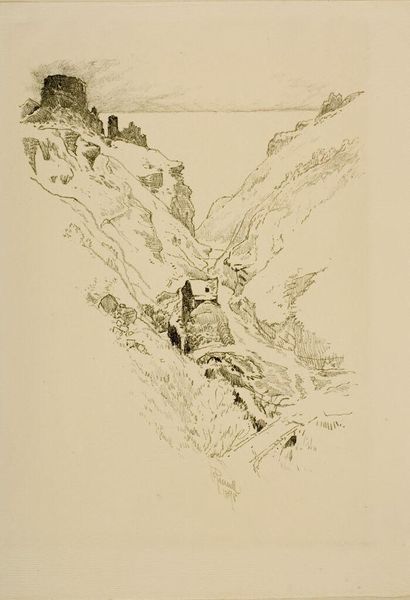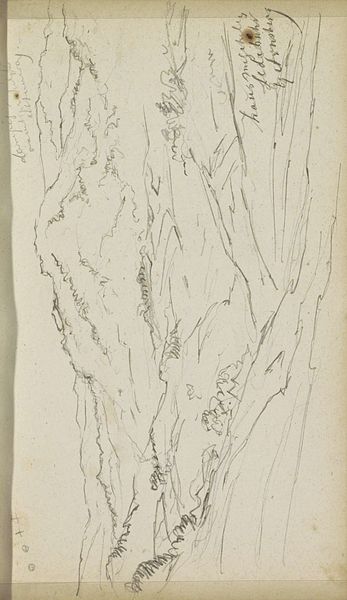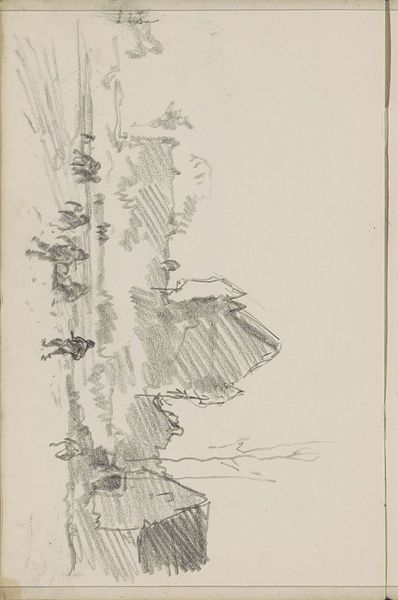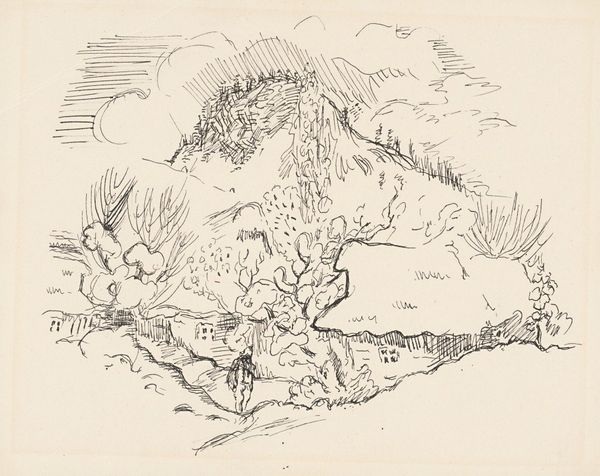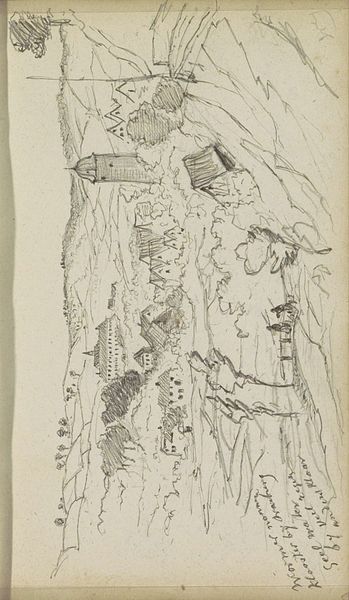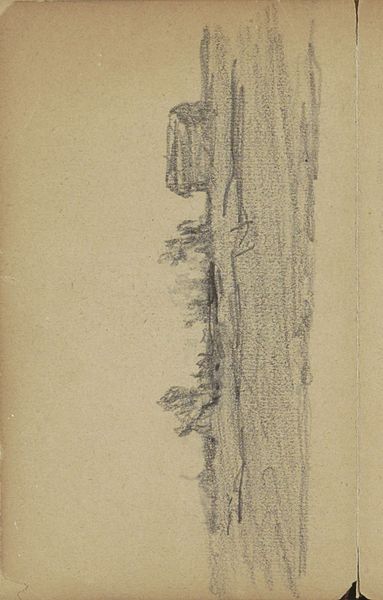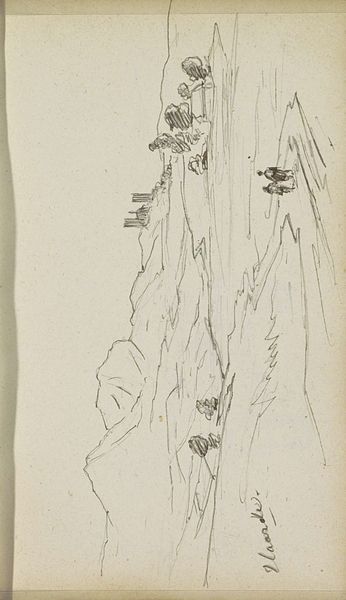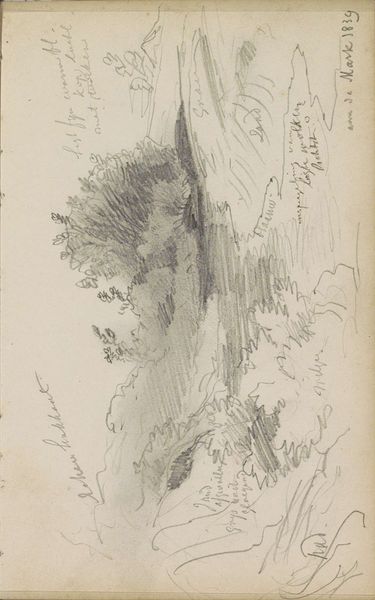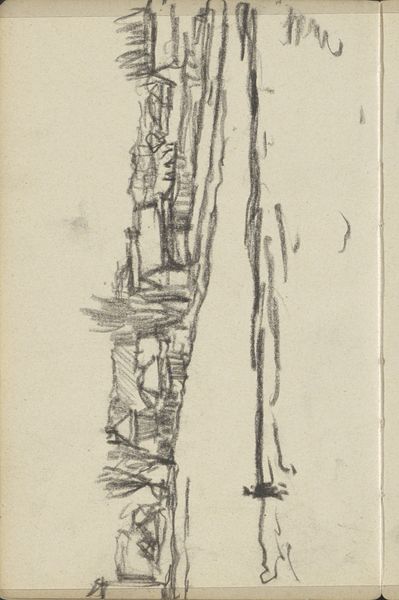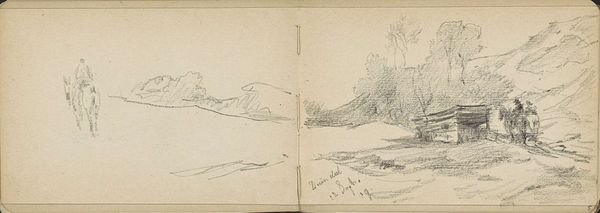
Illustrations for Mikhail Stelmakh's book "In the Hedgehog's Windmill" 1956
0:00
0:00
drawing, ink
#
drawing
#
amateur sketch
#
ink drawing
#
narrative-art
#
pen sketch
#
soviet-nonconformist-art
#
figuration
#
personal sketchbook
#
ink
#
ink drawing experimentation
#
folk-art
#
pen-ink sketch
#
pen work
#
sketchbook drawing
#
fantasy sketch
#
initial sketch
Copyright: Hryhorii Havrylenko,Fair Use
Editor: This is one of Hryhorii Havrylenko's illustrations for Mikhail Stelmakh's book "In the Hedgehog's Windmill", from 1956. It's an ink drawing, seemingly simple, yet it holds a captivating, almost folkloric quality. What stands out to you in this piece? Curator: I am drawn to the enduring symbolism. Cats, throughout history, represent both independence and domesticity. Here, we see that primal instinct, the hunter, poised over a fish. The artist uses visual symbols and metaphors connected to memory, echoing cultural archetypes in this deceptively simple drawing. The Soviet context adds another layer: Could this image be a subtle commentary on scarcity and desire? What about the fairytale-like imagery connected with Hedgehog’s Windmill? Editor: That's fascinating. The fairytale aspect never occurred to me. Do you think the artist intentionally embedded those layers of meaning? Curator: Intention is always tricky to pinpoint, but the power of imagery lies in its ability to resonate on multiple levels, intended or not. Think of the persistent images of folk art. Why do you think that the fish is such a recurring symbol in the popular imagination? Editor: Well, maybe because it’s connected with nature and basic sustenance. There’s this really satisfying feeling from observing a hunting cat. So much is contained in just one seemingly effortless line. Curator: Precisely. It’s this layering of primal imagery with subtle social context that makes it compelling. Even a quick sketch holds immense cultural information. I guess I never imagined that folk art drawings had the power of capturing a full reality! Editor: I never thought about drawings this way! Looking closer makes me see the artist’s mark with such different eyes.
Comments
No comments
Be the first to comment and join the conversation on the ultimate creative platform.

